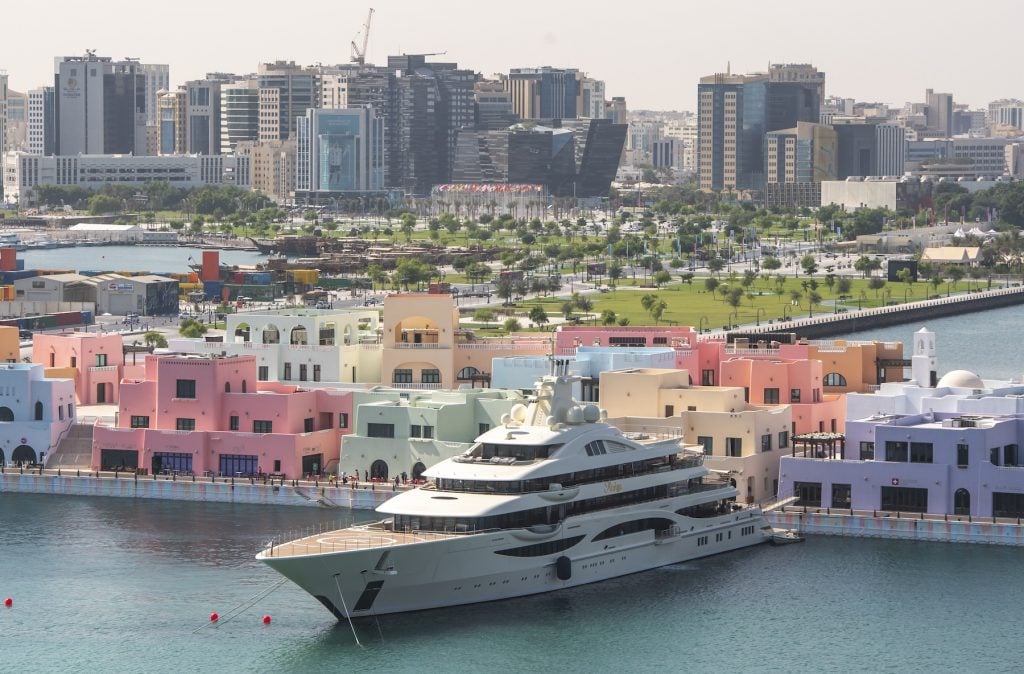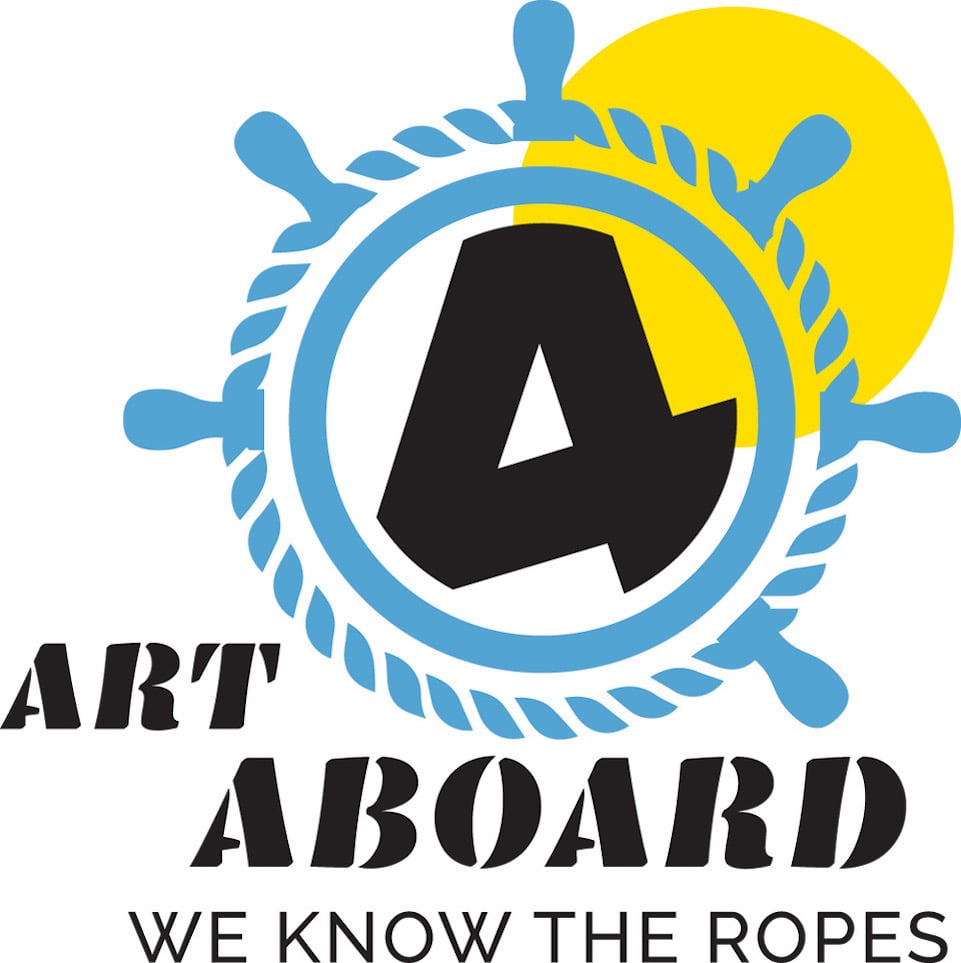Art World
Want to Show Your Priceless Paintings on The High Seas? This Niche New Service Specializes in Art on Yachts
The concept has been floating around for years. Now an industry veteran has made it an official business.

The concept has been floating around for years. Now an industry veteran has made it an official business.

Eileen Kinsella

It’s been roughly five years since Artnet columnist Kenny Schachter scored a major art scoop by revealing that the most expensive painting ever sold—Leonardo da Vinci’s portrait of Christ titled Salvator Mundi—was located on the mega-yacht of Saudi Arabia’s crown prince Mohammad Bin Salman.
The work had been hammered down in November 2017 at an evening sale at Christie’s New York for a hefty $450 million with premium, to Saudi Arabia’s Prince Bader bin Abdullah bin Mohammed bin Farhan al-Saud, who was understood to have been acting as an intermediary for bin Salman.
News that the pricey portrait was “whisked away in the middle of the night on the prince’s plane and relocated to his yacht, the Serene,” as Schachter reported, drew global attention and headlines at the time, and plenty of skepticism because it seemed such a challenging place to show art (the tip was later confirmed).
Well it turns out that for, the uber-wealthy, storing 7- and even 8-figure works on luxury boats and yachts is not as rare as previously thought.

Salvator Mundi. Photo: Getty Images via Wikimedia Commons.
Art storage and shipping company Atelier4, an industry veteran, has just unveiled a new exclusive service, titled Art Aboard. The company operates out of New York, but the marine-focused business will be based in the greater Miami area, and will specialize in “curating and managing fine art installations aboard luxury yachts,” according to a recent statement.
Clients who wish to take their beloved Picasso portraits and Monet waterlilies out to sea can have them sent to the climate-controlled storage at Atelier4’s Doral, Florida-warehouse. From there it can be transported to the final yacht when it arrives, and Art Aboard conditions can figure out an ideal installation solution based on the boat’s unique features. “Usually these boats have really significant, finished carpentry on the inside,” said Atelier4 CEO Jonathan Schwartz.
He explained to Artnet that Art Aboard staffers must go through deep background checks given the necessary credentials to gain access to ports. His “port-capable team” is fully credentialed to work at ports providing installation and maintenance of art onboard. They will also liase as needed with other support service teams, including yacht crews, art advisors, insurance companies, and boat owners.

Image courtesy Atelier4
Miami-based art advisor Karen Boyer said that while she has not personally had a client who has asked for this service yet, she definitely sees the need. “I have met people and potential clients who have this need. People do like to put art on their boats,” she said, noting the wide range of factors that must be considered apart from how to hang a work, such as humidity and temperature considerations. “You don’t want to stick your works on paper collection on your yacht,” she added.
While other major art handling companies are known to provide similar services, Atelier4’s official unveiling of Art Aboard is driven, in part, by having gained the necessary port access credentials. (Sources floated names including UOVO and Crozier as potential competitors in this niche arena.)
Asked for a typical client scenario, Schwartz declined to give specific details, noting that many of the boat-based installation jobs involve signing non-disclosure agreements. “Sometimes it’s meeting a vessel on its way across the Atlantic, sometimes it’s receiving [an artwork] at our warehouse and bringing it to the port where we unpack and install it,” he outlined.
Schwartz is marching to his own beat when it comes to his approach to the fine art storage and shipping industry. A few years ago he made the decision to stop working major art fairs, though his firm still provides ancillary support on smaller fair-related jobs. As for the client base for art on yachts, Schwartz struck a realistic note: “I have a feeling there might be some good repeat clientele, but I also think it’s going to be a lot of one-offs.”